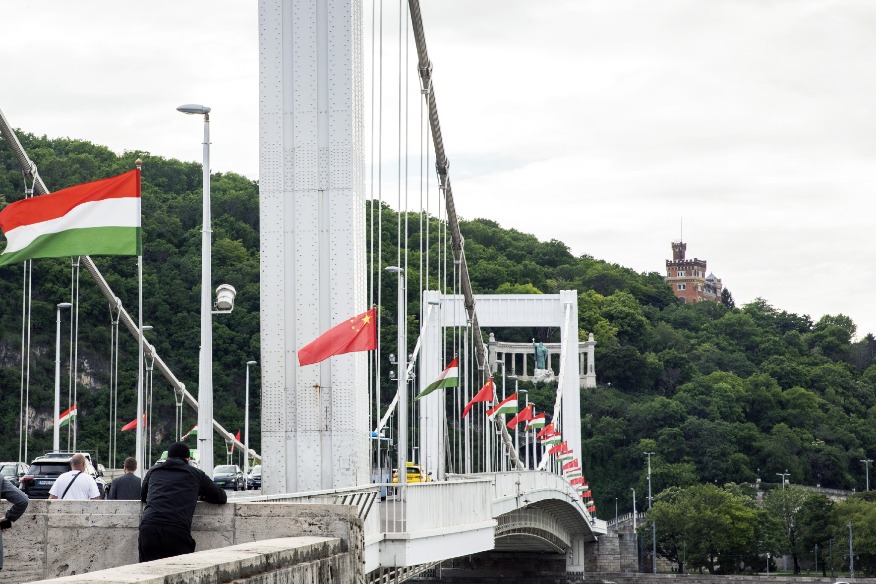Business environment

Economic zone
The Lhasa Economic and technological Development Zone is the only such zone in Tibet.
In 2001, the State Council approved the zone as a State-level area. It is located in the western suburbs of Lhasa, the capital of the Tibet autonomous region.
The zone is 50 kilometers away from the Gonggar Airport, and 2 km away from Lhasa Railway Station.
The zone has a planned area of 5.46 sq km. It focuses on the development and processing of local resources into Tibetan medicine, health care products, food products, traditional ethnic handicrafts, tourism products and agricultural and animal husbandry products. It also researches technologies of bioengineering, energy saving development and environmental pollution control engineering, and promotes the development of electronic information, new energy, new materials and the supporting service industry.
Industrial investment
Agriculture and animal husbandry
The Tibetan economy is dominated by subsistence agriculture. Due to limited arable land, the primary occupation of the Tibetan Plateau is raising livestock, such as sheep, cattle, goats, camels, and horses.
During the 12th Five-year Plan period (2011-2015), the government invested 78.72 billion yuan in supporting agriculture, significantly strengthening the basic position of agriculture and animal husbandry. A total of 1.37 million mu of high standard farmland was built, 152,000 sheds of livestock were added in alpine pastoral areas, and grain output exceeded 1 million tons. In 2015, the gross output value of leading agricultural and animal husbandry enterprises in the autonomous region increased by 62.3 percent, and the operating rate of agricultural and animal husbandry industrialization reached 40 percent.
Characteristic advantageous industries
The region is vigorously cultivating and developing many characteristic industries such as plateau crop planting and harvesting, clean energy, natural drinking water, Tibetan medicine, tourism, and national handicrafts. In 2015, the added value of primary industries in the region was 9.69 billion yuan, an annual increase of 3.9 percent, while the added value of secondary industries was 37.62 billion yuan, a growth of 15.7 percent, and the added value of tertiary industries was 55.33 billion yuan, up 8.9 percent. The overall scale of the tertiary industry exceeded that of the first and second industries taken together.
Government support
The government focuses on the implementation of the rural and herdsman housing project. A cumulative investment of 27.8 billion yuan has been used for the project for eight consecutive years through integrating central subsidy funds, financial funds, social funds, and private funds.
The government takes vigorous measures to construct basic infrastructure including water, electricity, roads, and communication networks. It also strongly pursues better postal services, radio and television, farmer's bookshops, and beautiful environments for the Tibetan people's benefit.
MOST POPULAR
- 1 Payments made easier for foreign visitors, expats
- 2 China extends visa exemption for 12 countries to promote exchanges: spokesperson
- 3 China-Hungary relations in overview
- 4 Over 5,800 AEOs account for nearly 40% of China's foreign trade value
- 5 Chinese Numbers: Highlights of China's May Day holiday tell consumption vitality
Editors' Picks
 Video:
Decoding China's GDP in Q1
Video:
Decoding China's GDP in Q1
 Infographic:
China accelerates low-carbon development
Infographic:
China accelerates low-carbon development
 Top 10 List:
Top 10 Chinese brands by value in 2024
Top 10 List:
Top 10 Chinese brands by value in 2024
 Infographic:
China-Hungary relations in overview
Infographic:
China-Hungary relations in overview



